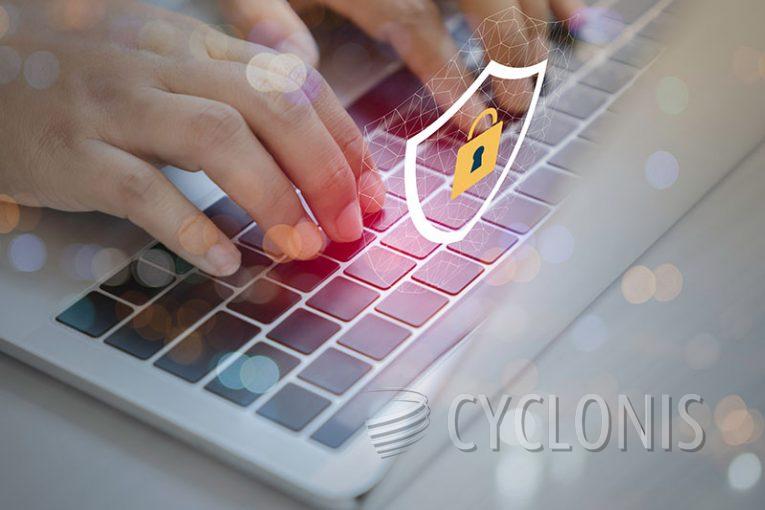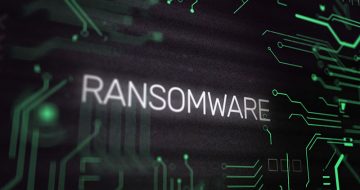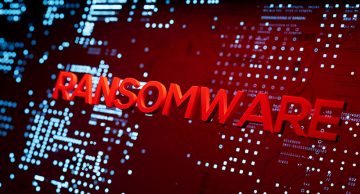GhostLocker Ransomware Will Encrypt Victims' Files

GhostLocker represents a ransomware program created by the cyber criminal group GhostSec. This type of malware, categorized as ransomware, is engineered to encrypt data and demand payment for its decryption.
In our testing environment, GhostLocker encrypted files and added a ".ghost" extension to their names. For instance, an original file named "1.jpg" would transform into "1.jpg.ghost," while "2.png" would become "2.png.ghost," and this pattern was applied to all affected files.
Upon the completion of the encryption process, a ransom note, typically titled "lmao.html," was deposited. It's worth noting that the name of the HTML document might vary.
GhostLocker's message informs the victim that their files have been encrypted using the RSA-2048 and AES-12 cryptographic algorithms, and sensitive data has been taken.
To decrypt the files, a ransom must be paid. The victim is granted a 48-hour window to contact the attackers, and failing to meet this deadline will result in an increased ransom amount. Refusal to comply with the cyber criminals' demands will lead to data destruction.
The note cautions against renaming the encrypted files or utilizing third-party recovery tools, as doing so may cause permanent data loss. The victim is also warned that seeking assistance from third parties or authorities will result in data loss and the exposure of stolen content.
GhostLocker Ransom Note Attempts to Sound Clever
The full text of the ransom note generated inside the "lmao.html" file reads as follows:
GhostLocker
We run s**t because we canALL YOUR IMPORTANT FILES ARE STOLEN AND ENCRYPTED
YOUR PERSONAL ENCRYPTION ID: - (SAVE THIS)All your important files have been stolen and encrypted with RSA-2048 and AES-128 military grade ciphers. That means that no matter how much you were to try, the only way to get your files back is working with us and following our demands.
You have 48 hours (2 days) to contact us. If you do not make an effort to contact us within that time-frame, the ransom amount will increase.
If you do not pay the ransom, your files will be destroyed forever.
You can contact us on the following
Attention
DO NOT pay the ransom to anyone else than the top contact information mentioned up there.
DO NOT rename the encrypted files
DO NOT try to decrypt your data using third party software, it may cause permanent data loss
Any involvement of law enforcement/data recovery teams/third party security vendors will lead to permanent loss of data and a public data release immediately
How Can Ransomware Infiltrate Your System?
Ransomware can infiltrate your system through various methods, and understanding these entry points is crucial for preventing such attacks. Here are some common ways in which ransomware can gain access to your system:
- Phishing Emails: The most common method is through phishing emails. You may receive an email that appears to be from a legitimate source, but it contains malicious attachments or links. Opening these attachments or clicking on these links can trigger the download and execution of ransomware on your computer.
- Malicious Websites: Visiting malicious or compromised websites can expose your system to ransomware. These websites may exploit vulnerabilities in your web browser or plugins to download and execute the ransomware.
- Malvertising: Online ads can be used to distribute ransomware. Cybercriminals may place malicious ads on legitimate websites, and if you click on them, you could inadvertently download ransomware.
- Drive-By Downloads: Some websites are designed to automatically download files to your computer without your consent. These drive-by downloads can install ransomware if your system is not properly protected.
- Software Vulnerabilities: Outdated or unpatched software can have security vulnerabilities that ransomware can exploit. It's crucial to keep your operating system, applications, and security software up to date.
- Remote Desktop Protocol (RDP) Attacks: Cybercriminals can exploit weak or default RDP credentials to gain access to your computer remotely. Once inside, they can deploy ransomware.
- Malicious Attachments: Ransomware can be delivered through malicious email attachments, such as infected Microsoft Office documents or executable files. These attachments may exploit software vulnerabilities or trick you into running them.








